Why Wasn’t There a King of England?
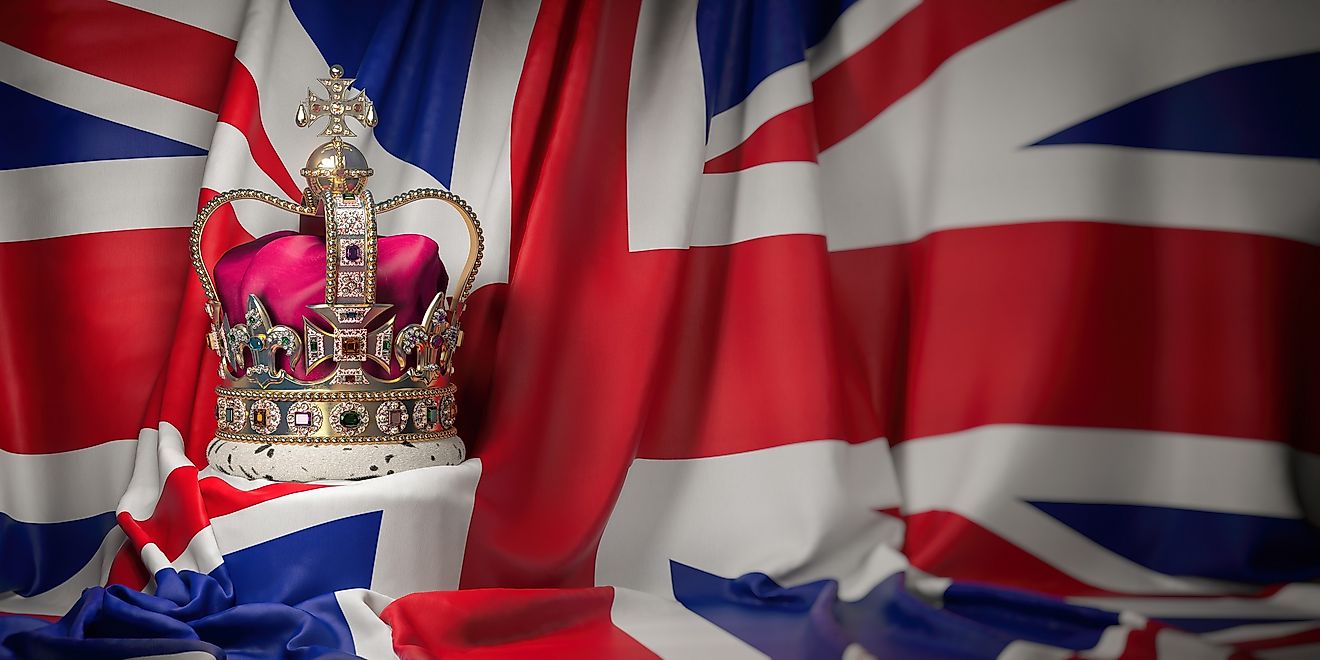
It's a question that has puzzled people for centuries: why doesn't England have a king? After all, it seems, historically speaking, like the natural order of things.
When Queen Elizabeth II ascended to the throne in 1952, her husband, Prince Philip, was not given the title of king. There are a number of reasons why this decision was made. Namely, the threat of a constitutional crisis, bloodline and gender.
Why Wasn’t There a King of England?

First and foremost, it was simply not customary for the husband of a reigning queen to be crowned king. In addition, there would have been constitutional implications if when Queen Elizabeth was crowned Queen, Philip had been given the title of king.
The rules governing the line of succession to the British throne have changed several times over the centuries. The current system is based on gender and descent. Under this system, a person inherits the throne if they are:
- A descendant of King George II (born 1683)
- The eldest child of the heir apparent
- A male heir
The rules were last updated in 2013, when Parliament passed the Succession to the Crown Act. This act amended the previous rules in two key ways. First, it removed the preference for male heirs over female heirs. Second, it removed restrictions on who could marry someone in line for the throne. Before this act was passed, people in line for the throne could only marry someone who was Protestant.
This is why there was no male king of England. The rules of succession state that the eldest child is the one to succeed to the throne. Queen Elizabeth II was the eldest child of George VI with no male siblings.
A Look Into The British Monarchy
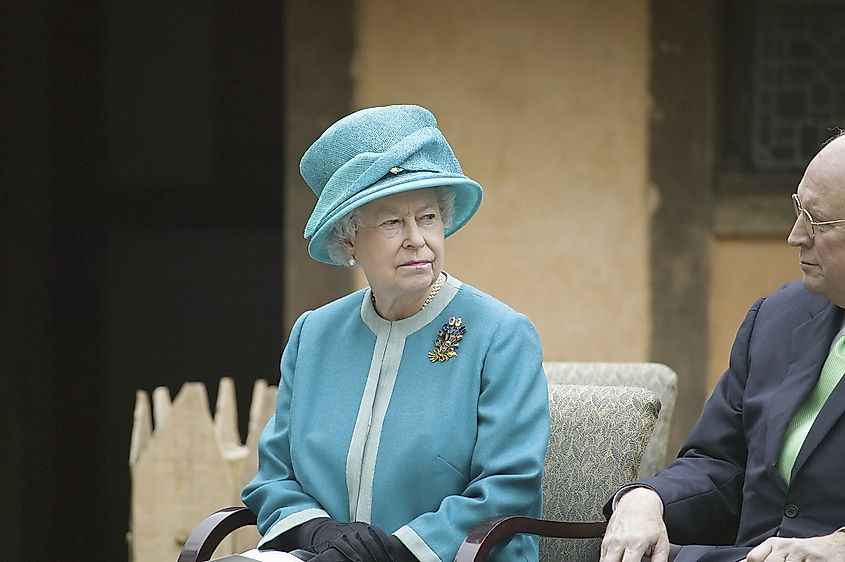
The English monarchy has a long and storied history, dating back centuries. From the early days of the Saxons and Normans to the Tudor and Stuart periods, right up to today's modern-day royals, the English monarchy has always been a fascinating subject.
Let’s take a detailed look at the English monarchy, its origins, how it has changed over the years, and some of the more famous monarchs who have ruled England.
The Origins of the English Monarchy
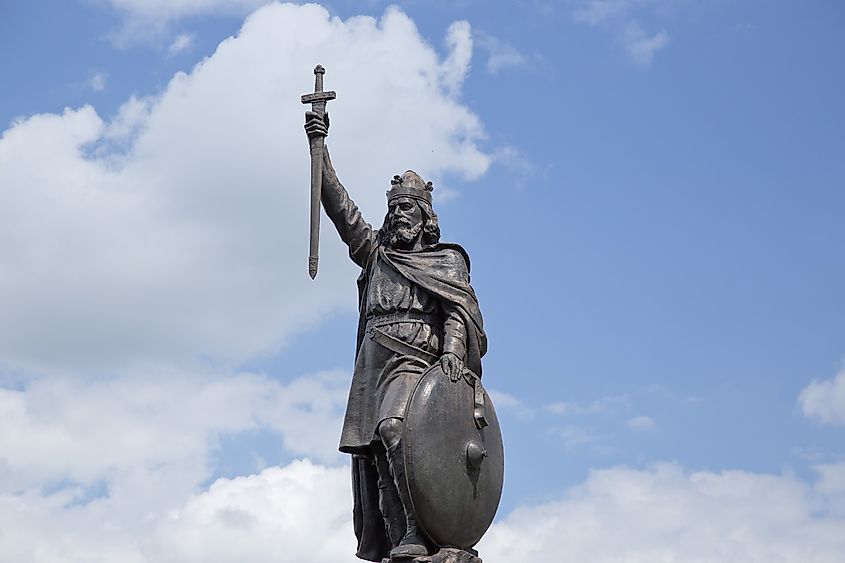
The first recorded instance of an English king was in the year 871 AD when King Alfred the Great successfully repelled a Viking invasion. Prior to this, England had been divided into many small kingdoms, each ruled by its own chieftain.
Alfred's victory brought about a period of unification, and his successors continued to build on this, slowly but surely bringing more land and people under their control. By the 11th century, the English monarchy had become one of the most powerful in all of Europe.
Over the centuries, there have been many changes to the English monarchy. One of the most significant was the Norman Conquest in 1066 when William the Conqueror invaded England and deposed the ruling Saxon king, Harold II. This event changed the course of English history forever and ushered in a new era for the monarchy.
The Tudor and Stuart Periods
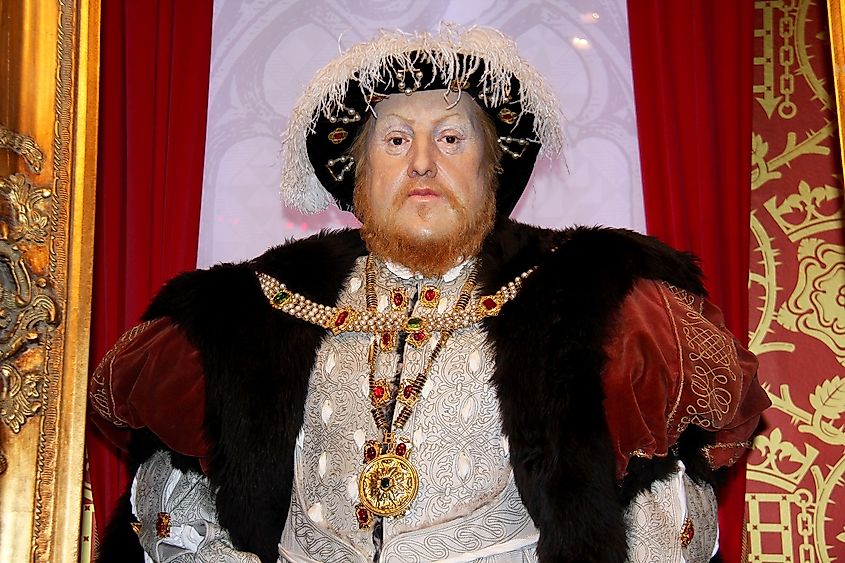
The Tudor and Stuart periods were perhaps the most tumultuous in English history, marked by religious conflict, civil war, and regicide.
The Tudor period began in 1485 with the Battle of Bosworth Field, which saw the defeat of King Richard III and the ascension of Henry VII to the throne. Henry's reign was relatively peaceful, but things took a turn for the worse when his son, Henry VIII, came to power.
Henry VIII is best known for his six wives, of whom only three produced surviving heirs - Edward VI, Mary I, and Elizabeth I. Edward VI's reign was short-lived, and upon his death in 1553, his half-sister Mary I became queen. Mary is remembered as Bloody Mary for her persecution of Protestants during her five-year reign.
Elizabeth I, daughter of Henry VIII and Anne Boleyn, is one of the most famous monarchs in English history. She reigned for 45 years, during which time she oversaw the defeat of the Spanish Armada and the flourishing of English literature and theatre.
The Stuart period began in 1603 with the ascension of James VI of Scotland to the English throne, becoming James I of England. His reign was relatively peaceful, but things took a turn for the worse when his son, Charles I, came to power.
Charles I's rule was marked by religious conflict and civil war. In 1642, war broke out between the king's forces and those of Parliament. The war went on for four years until Charles I was defeated and beheaded in 1649.
This marked the end of the monarchy, and for the next 11 years, England was ruled by Oliver Cromwell as a republic. The monarchy was restored in 1660 with the ascension of Charles II to the throne.
The Modern Monarchy
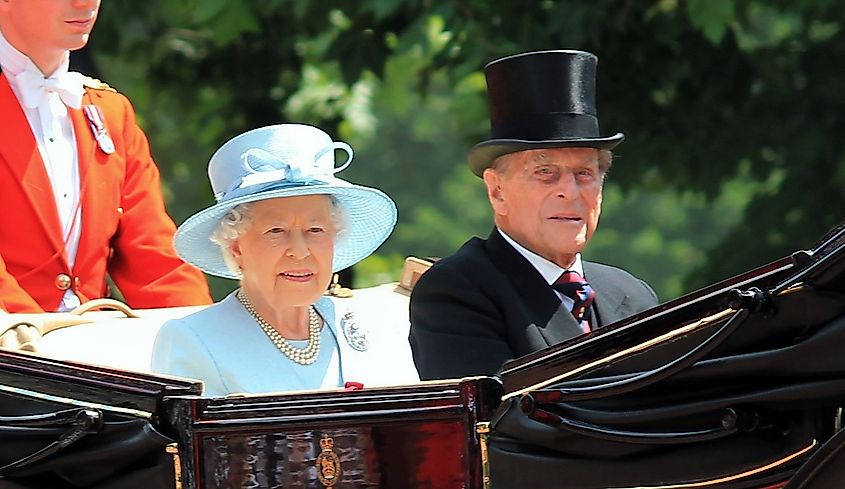
The modern monarchy dates back to 1837 when Queen Victoria came to the throne. Since then, there have been six more monarchs - Edward VII, George V, Edward VIII, George VI, Elizabeth II, and Charles III.
Up until September the 8th, 2022, Queen Elizabeth II was the reigning monarch. Her reign lasted 70 years making her the longest-serving monarch. She was the queen of England since her father's death in 1952. Her successor is Prince (now King) Charles III.
In recent years, the monarchy has undergone something of a renaissance, due in part to the popular TV series The Crown. This has led to a renewed interest in all things royal and has helped to keep the monarchy relevant in the 21st century.
While there have been many changes to the English monarchy over the centuries, one thing remains constant - its ability to fascinate and intrigue us.
Constraints To The Throne Of England On Basis Of Gender and Religion
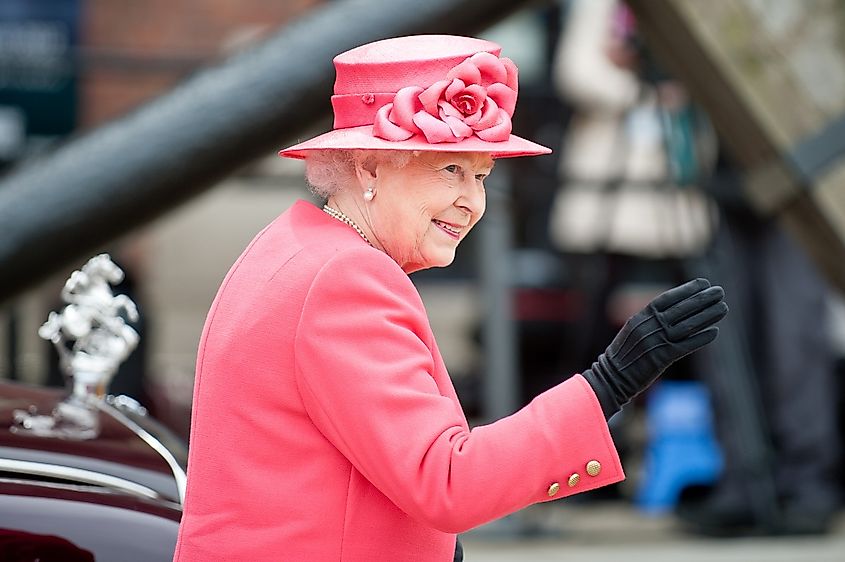
The English throne has been subject to religion or gender-based constraints throughout its history.
For centuries, the crown passed from one male ruler to another, with women only inheriting the throne if there were no eligible male heirs. Even when Queen Elizabeth II ascended to the throne in 1952, she did so as a constitutional monarch with limited power.
As mentioned above, it wasn't until 2013 that the UK Parliament passed legislation that removed all gender-based restrictions on succession to the throne. The act meant that, for the first time in British history, a female heir could inherit the throne in her own right.
This change was largely symbolic, but it was an important step forward for gender equality in Britain. While there have been several female rulers of England over the centuries, they have all been constrained by their gender in some way.
In Summary
Although the British monarchy is still a strong and popular institution, it's fascinating to think about what could have been if Prince Philip had been given the title of king. Queen Elizabeth II had reigned for over 70 years and it will be interesting to see how the monarchy evolves in the coming years now that King Charles has ascended to the throne. Make sure to share this article with your friends and family to get their thoughts on the matter!











